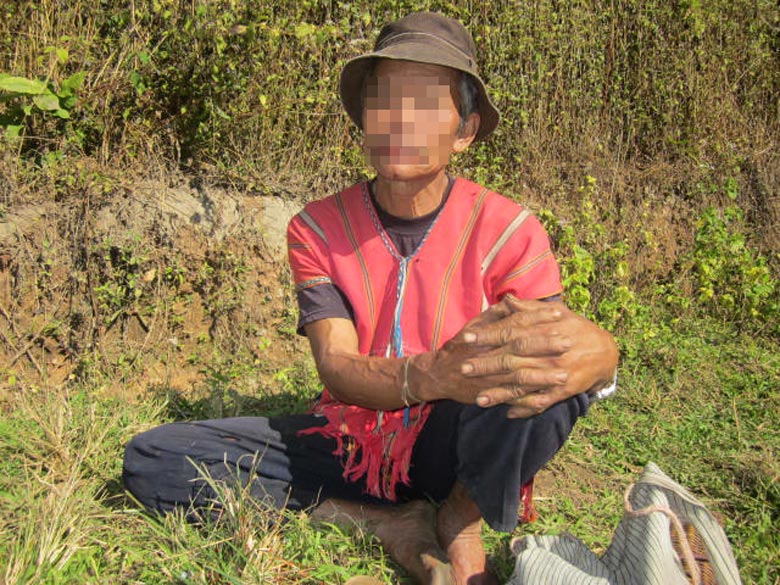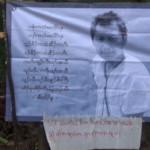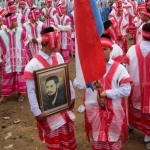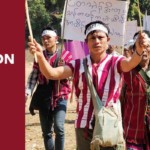KHRG incident report, June 3, 2014
The following is an extract from KHRG’s report. Some footnotes have been excluded. You can view full report on Karen Human Rights Group website or download PDF here.
Hpapun Incident Report: Tatmadaw’s mortar shelling and military activities in Lu Thaw Township, December 2013
This Incident Report describes the ongoing military activities and mortar shelling by Tatmadaw forces in Lu Thaw Township, Hpapun District in December 2013. Villagers reported that, despite the 2012 ceasefire between the KNU and Burma government, they do not feel it is safe enough to return to their village after decades of displacement. The resulting lack of access for villagers to their land and livelihoods increases the risk of food insecurity.
The following Incident Report was written by a community member who has been trained by KHRG to monitor human rights abuses. It is presented below translated exactly as originally written, save for minor edits for clarity and security. This report was received in March 2014 along with other information from Hpapun District, including five other incident reports, four interviews, one situation update, 86 photographs and three video clips.
Incident details
On December 22nd 2013, I met with B— village head, Saw C—, and vice village head, Saw D—, in Maw A—
[They said that,] “Since we fled from our village on September 11th 1975, we have not been able to go back and live in our village. Now, even though it is a ceasefire period,[4] we dare not go back as the Tatmadaw are based in [nearby] Hpla Hkoh [army camp] and they repair [reinforce] their place [army camp] and their vehicle road, and are being sent rations. Also, they still fire [shell] mortars.
On December 18th 2013, they [Tatmadaw at Hpla Hkoh] fired three mortars to B— area but, because it does not reach to the village and the plantations, villagers were not injured. They did not burn down and destroy the village nor shoot the villagers. However, it is not easy for us to go back and stay in our own place [B— village]. We have been displaced and fled for many years and we do not have any farm to work on. So we are faced with insufficient food. This year, on December 23rd 2013, KORD [Karen Office for Relief and Development] helped us with three milk tins (0.48 kg. / 1.08 lb.)[5] of milled rice per person and food expenses for three months as support against food insecurity.
We hope that the government military [Tatmadaw] will go back and stay in their own place so that we can go back [to our village] and would be able to work peacefully without fear.”
[4] On January 12th 2012, a preliminary ceasefire agreement was signed between the KNU and Burma government in Hpa-an, the capital of Kayin State. The exact terms for a long-term peace plan are still under negotiation. For updates on the peace process, see the KNU Stakeholder webpage on the Myanmar Peace Monitor website. For KHRG’s analysis of changes in human rights conditions since the ceasefire, see Truce or Transition? Trends in human rights abuse and local response since the 2012 ceasefire, KHRG, May 2014.
Download the full KHRG (Karen Human Rights Group) incident report here.






